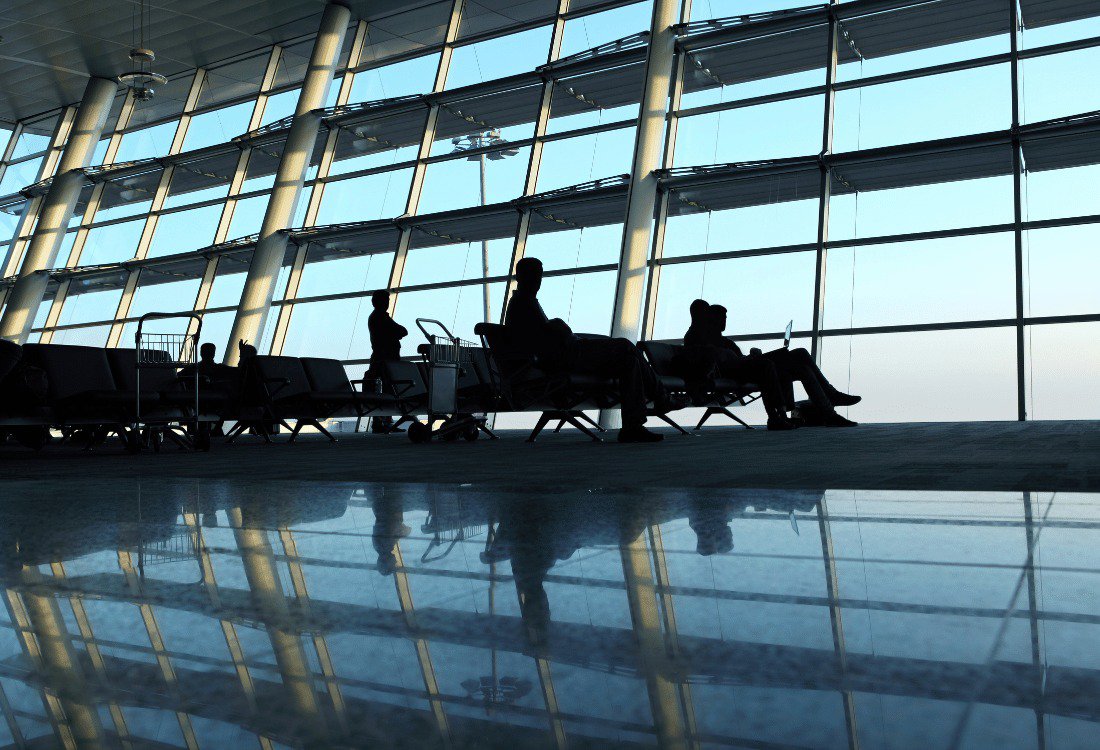When passengers travel by air, they expect their flights to take off and land on time, to spend only the required time on-board, and to arrive safely with no airborne emergencies. Air Traffic Control (ATC) systems are well-known for managing the movement of aircraft both on the ground and overhead, but their role in shaping the overall passenger experience is less widely understood. In this article, we’ll explain how ATC systems play a crucial role in improving the passenger experience, influencing everything from flight punctuality to in-flight comfort.
Reducing Delays And Improving Punctuality
A key benefit of efficient ATC systems is a reduction in flight delays. By effectively managing aircraft movements on the ground and in the air, ATC systems help ensure that flights depart and arrive on schedule. They enhance passenger satisfaction by diminishing the stress and inconvenience associated with delays which reduce claims for compensation against airlines.
Flight times can be affected by changing conditions, so advanced ATC technologies adapt to factors like traffic and weather to help ensure flights remain on schedule. For passengers, this means fewer missed connections, more predictable schedules, and a smoother journey overall.
Improving Passenger Safety
Safety is non-negotiable in air travel, and ATC systems are at the heart of ensuring safe operations. By controlling the movement of aircraft on runways and in the skies, ATC systems significantly reduce the risk of collisions and other incidents. Modern ATC technologies utilise radar, satellite-based navigation, and communication systems to provide precise guidance to pilots and ensure sufficient distance between aircraft. For passengers, this means peace of mind, knowing that their safety is being managed with the highest standards of precision and care.
Smoother Transitions
ATC systems contribute to a more comfortable in-flight experience by enabling smooth transitions between different stages of the flight, such as take-off, cruising, and landing. By optimising flight paths and efficiently managing the flow of air traffic, ATC systems minimise exposure to turbulence and congestion. This reduces the likelihood of delays and contributes to a smoother flight and better experience for passengers.
Reducing Pollution
Efficient Air Traffic Control systems play a key role in reducing airspace congestion and optimising flight paths. Because aircraft are directed along the most efficient routes, fuel consumption is minimised, which reduces the environmental impact of air travel. For passengers, this means shorter flight times, lower fares, and a reduced carbon footprint, which aligns with the soaring demand for sustainable travel.
Providing Real-Time Updates
In the face of unforeseen circumstances such as bad weather or technical issues, ATC systems provide real-time updates that are crucial to manage passenger expectations. Changes can be promptly communicated to reduce passenger anxiety and improve the overall travel experience. Transparency and proactive communication builds trust between passengers, airlines, and airports which makes unexpected delays more manageable.
Find Out More
Ready to elevate the passenger experience at your airport? Our expertise in Air Traffic Control system design has already benefited over 300 airports worldwide. Contact us today to learn how our ATC computer systems can make a difference for your airport.
Image Source: Canva



